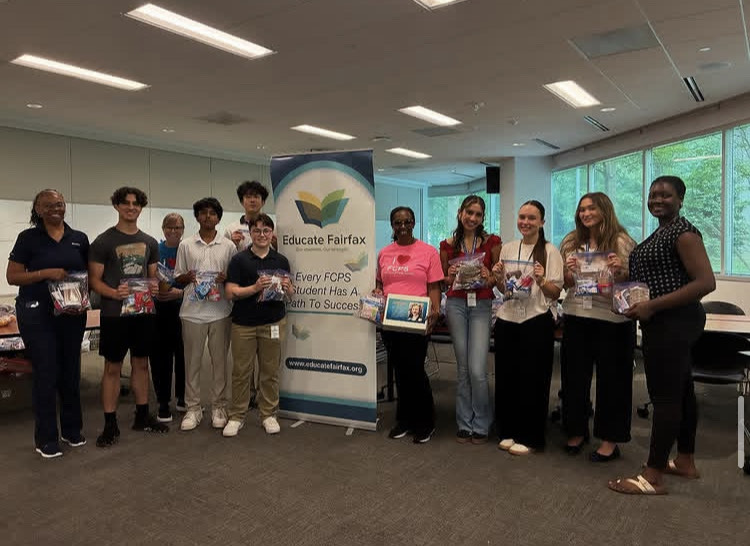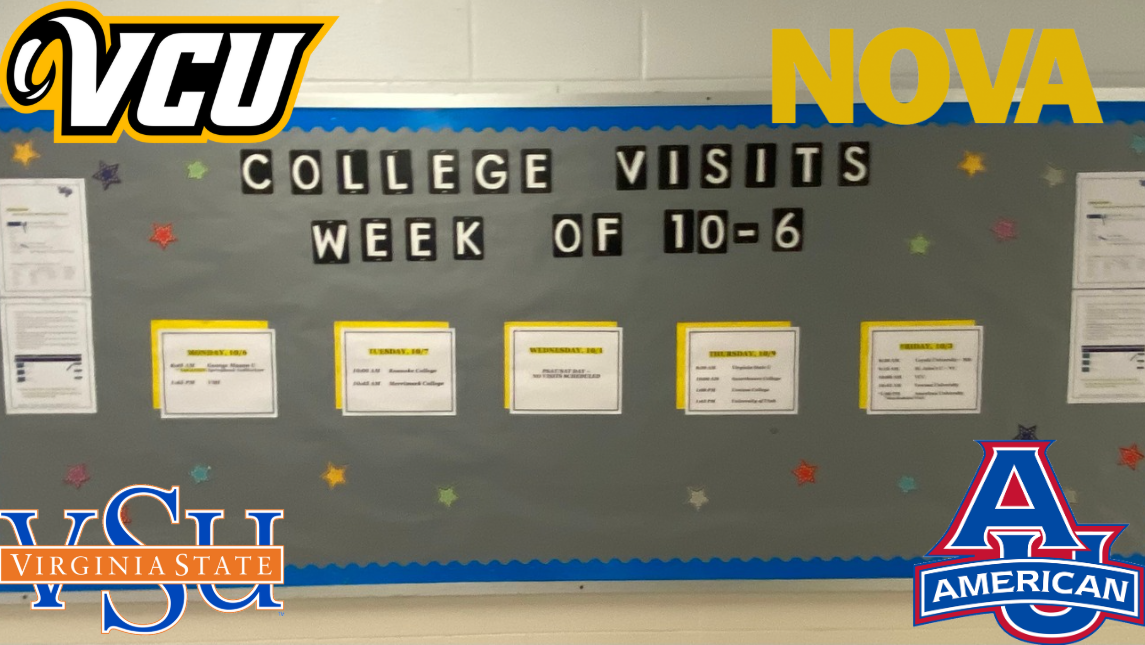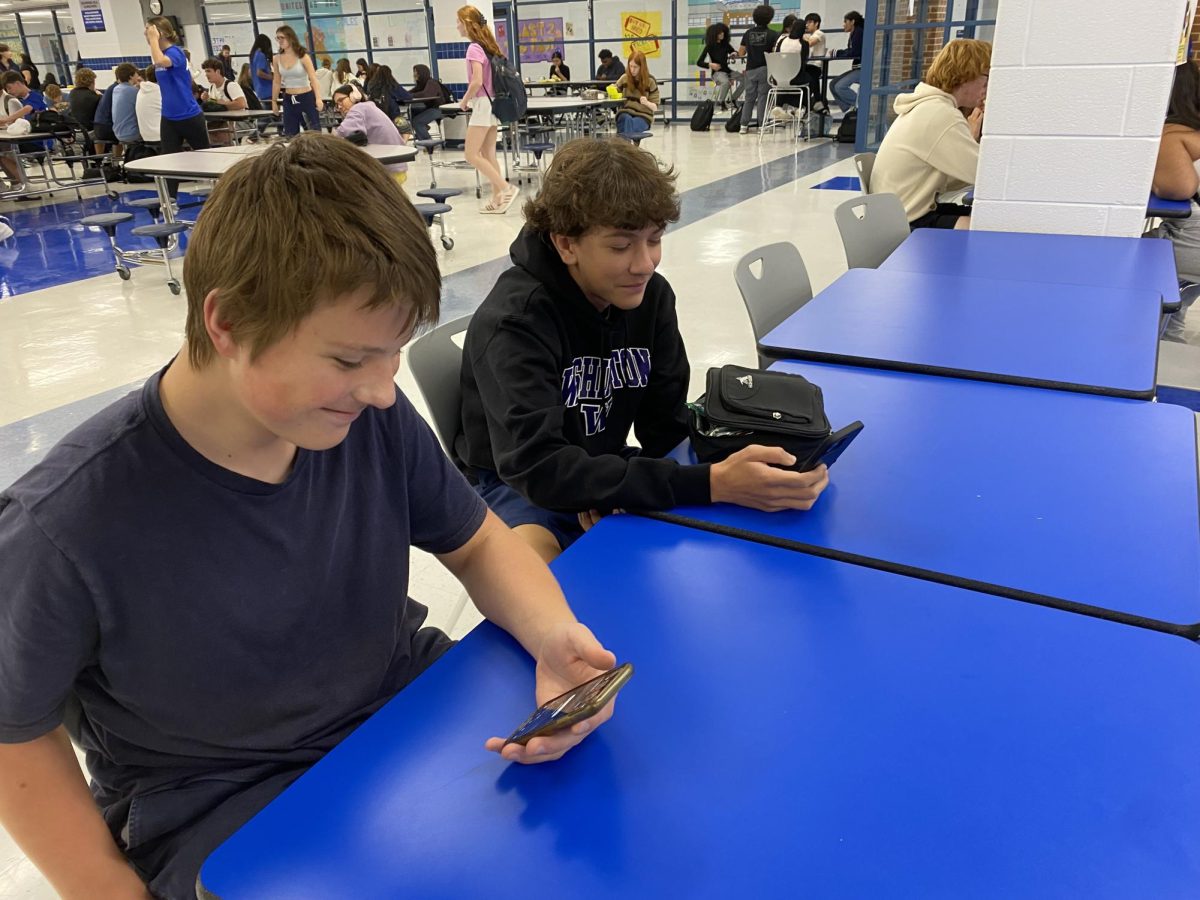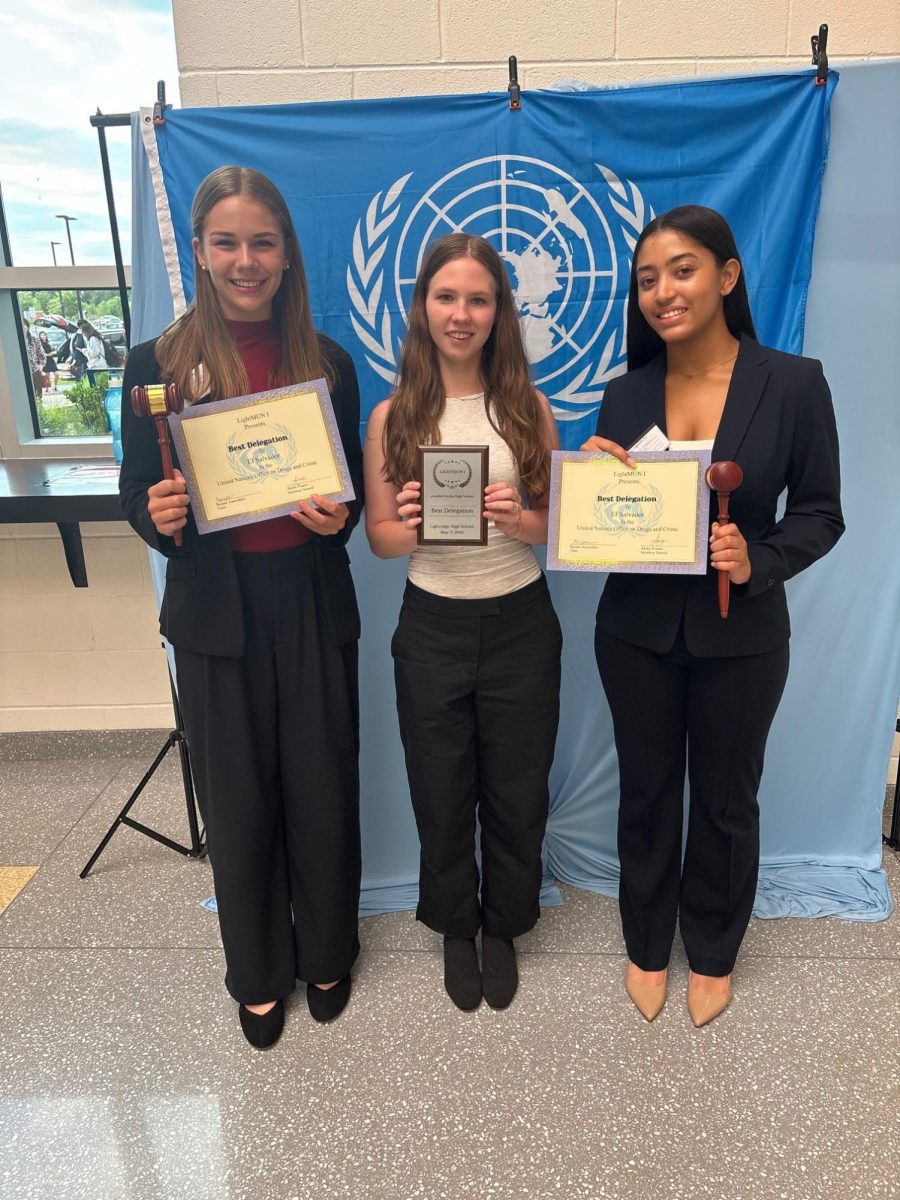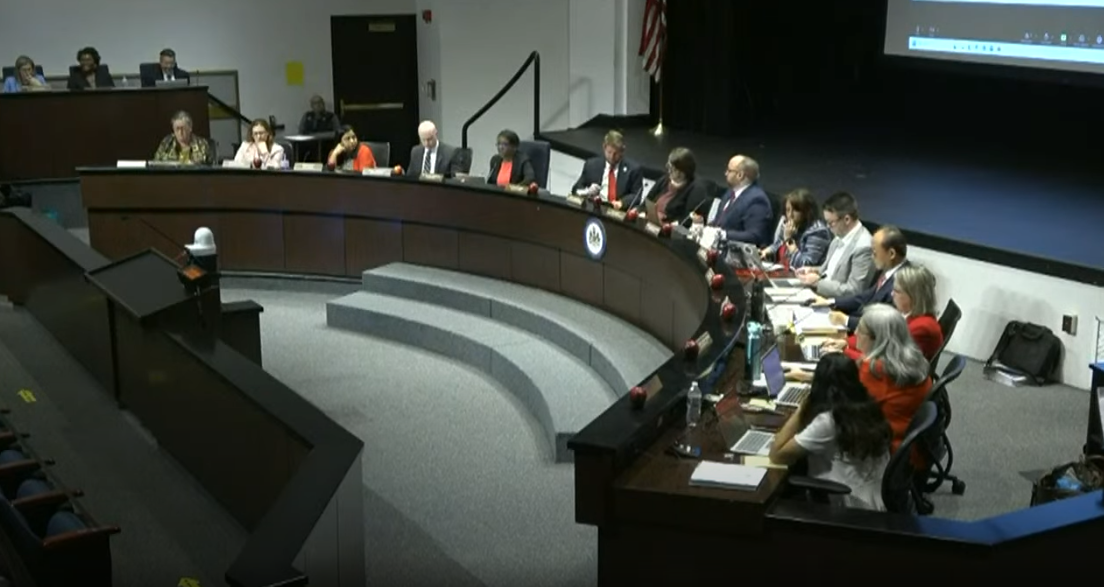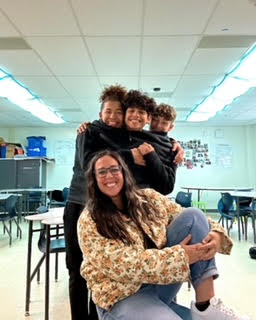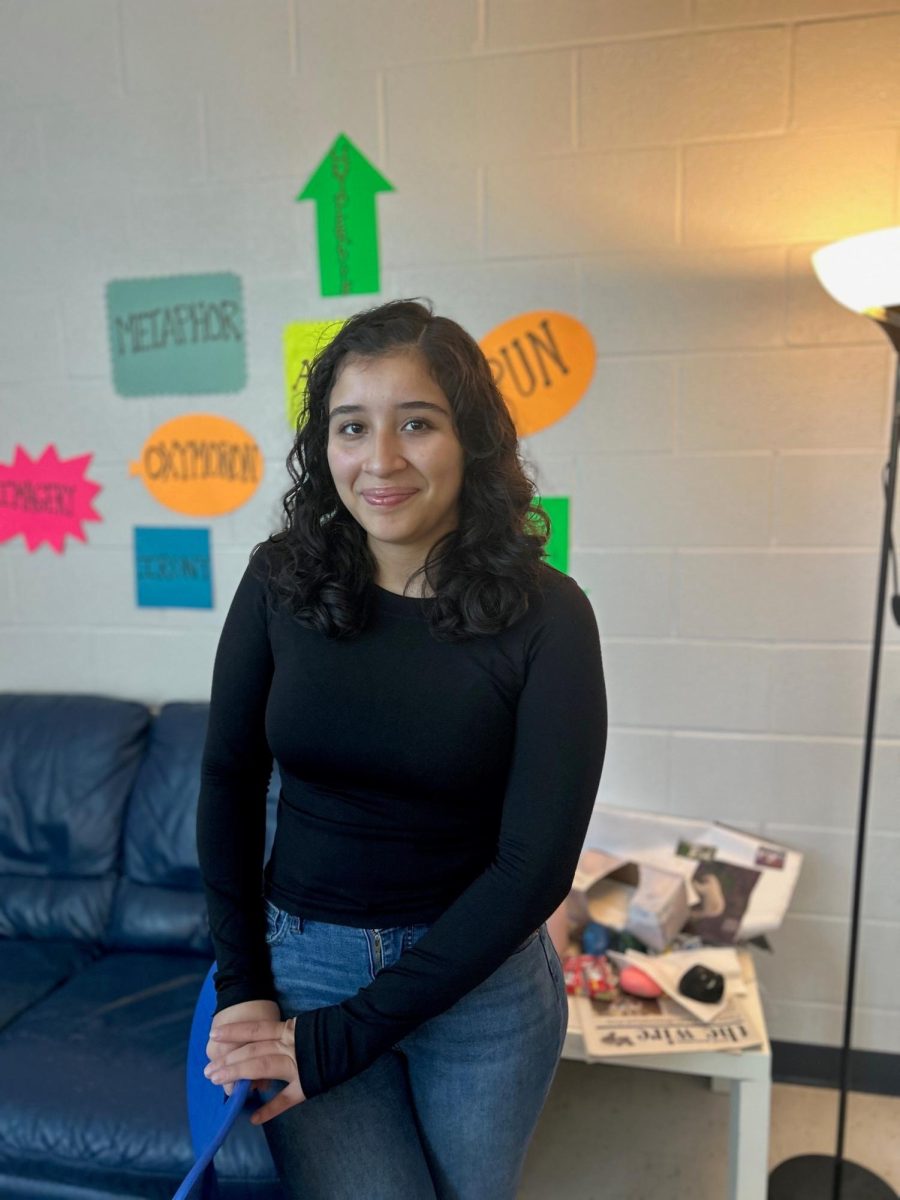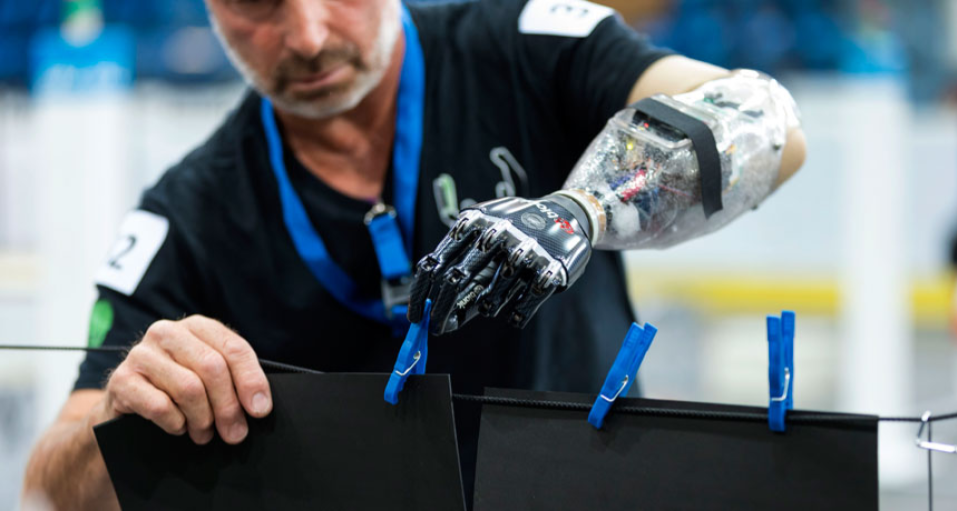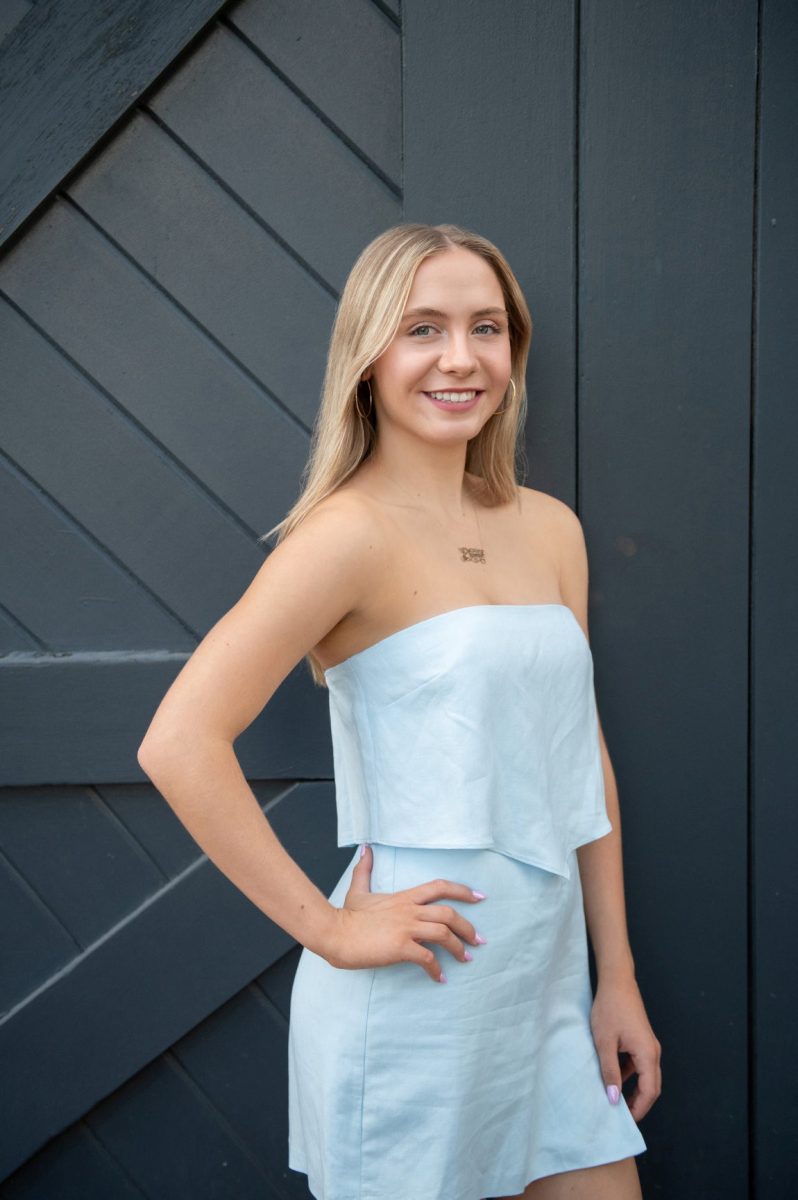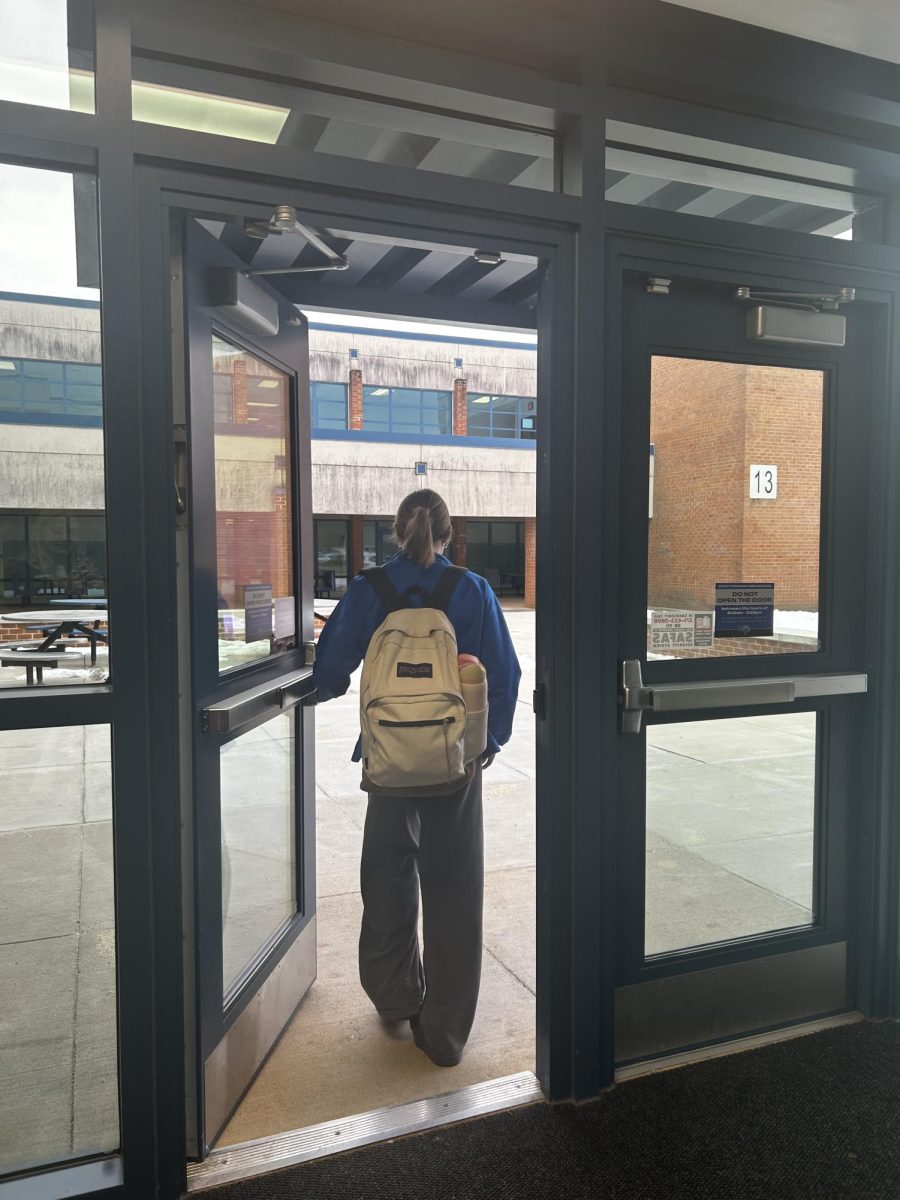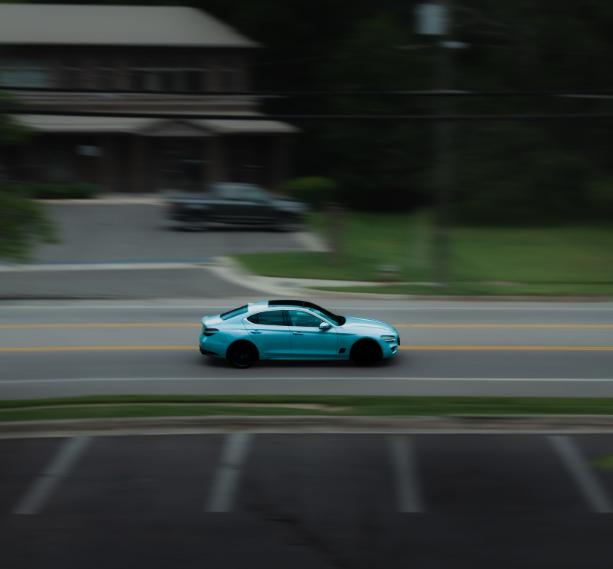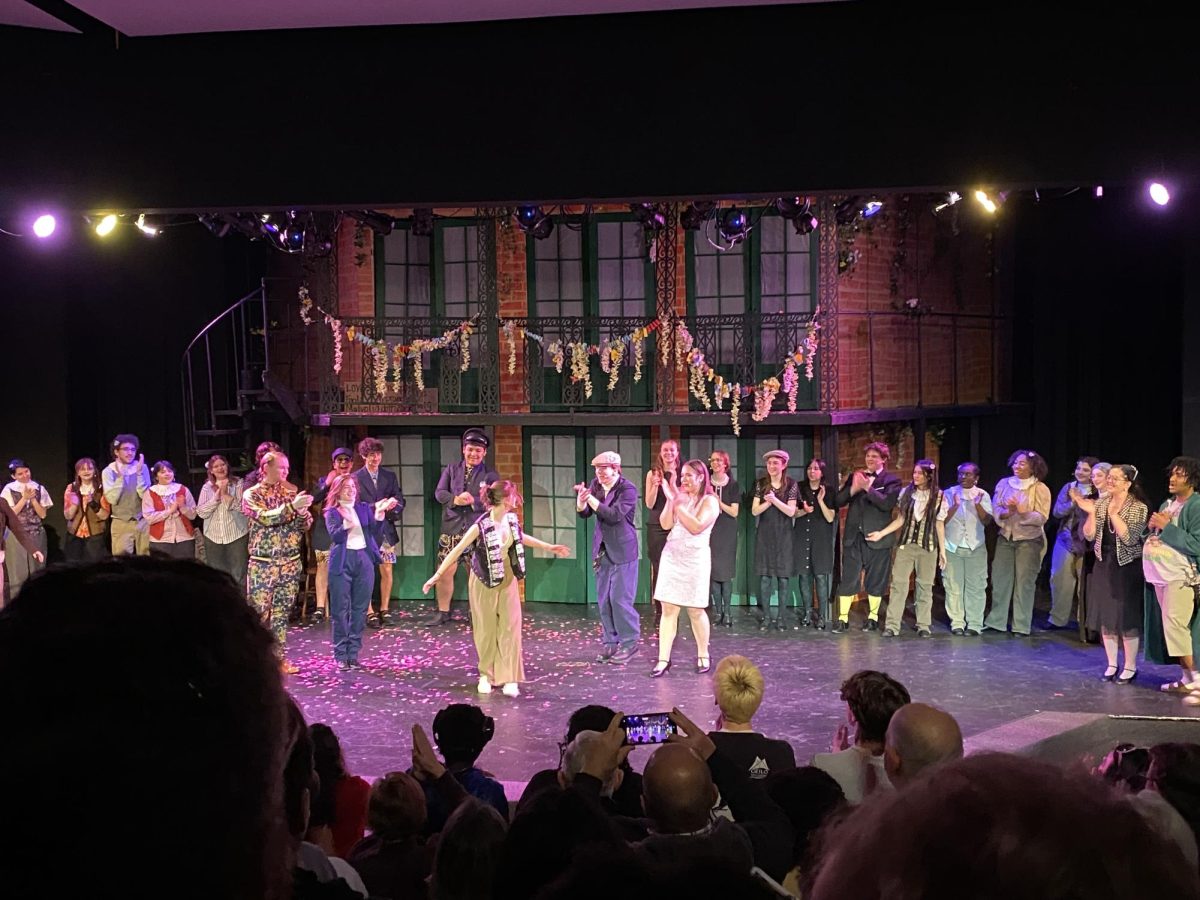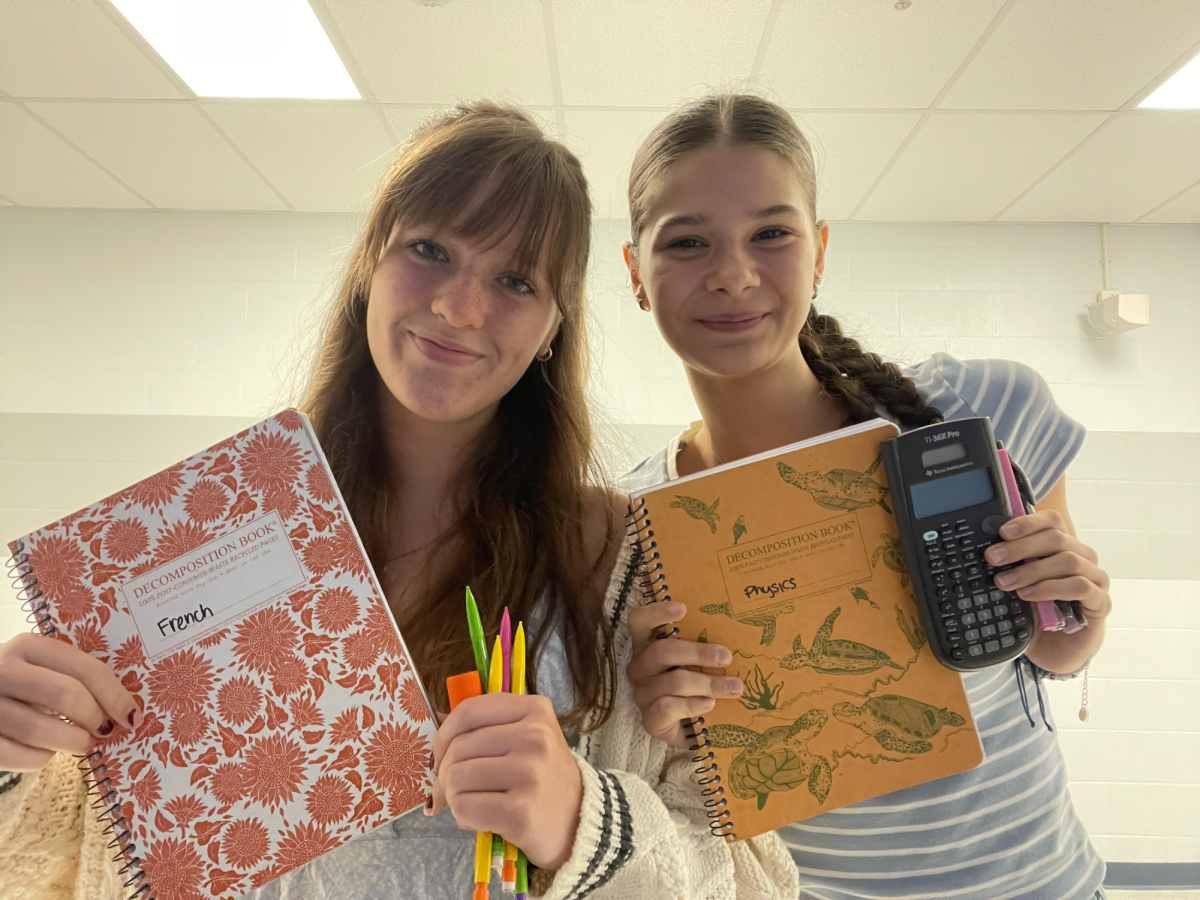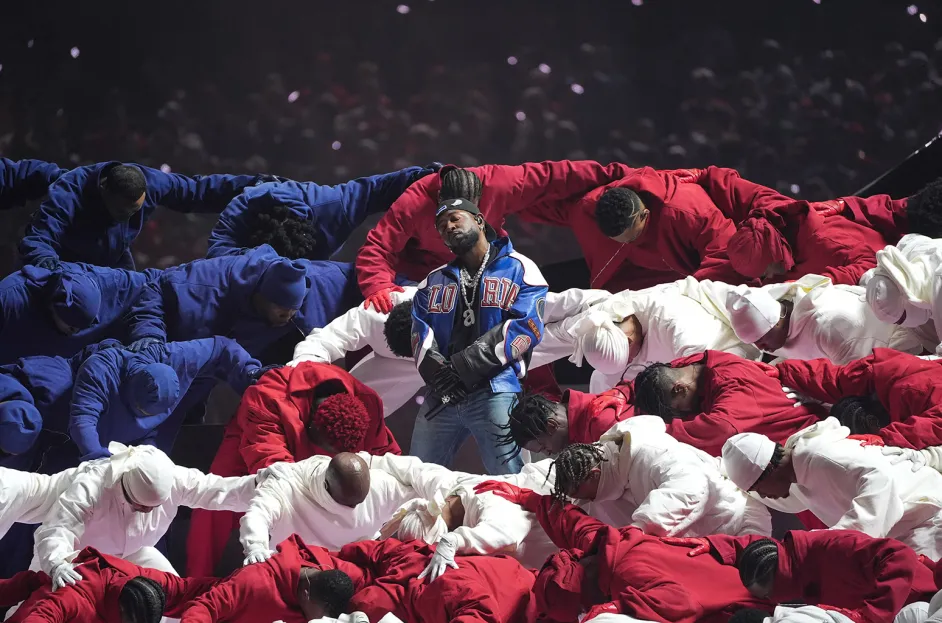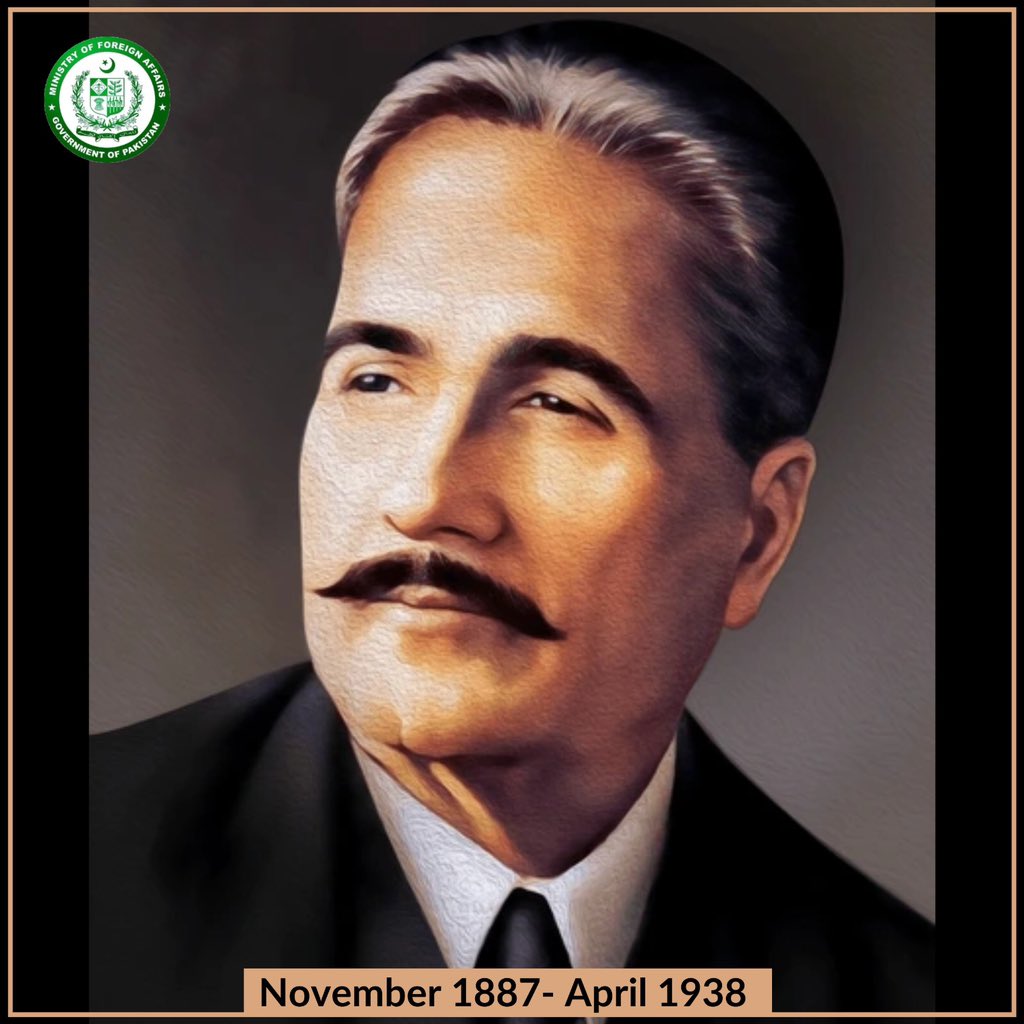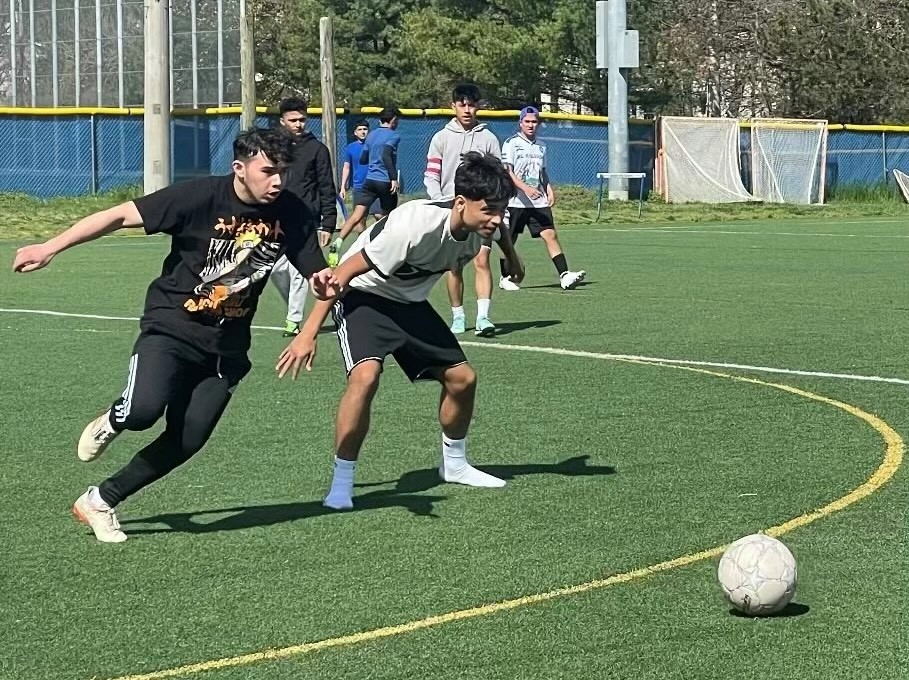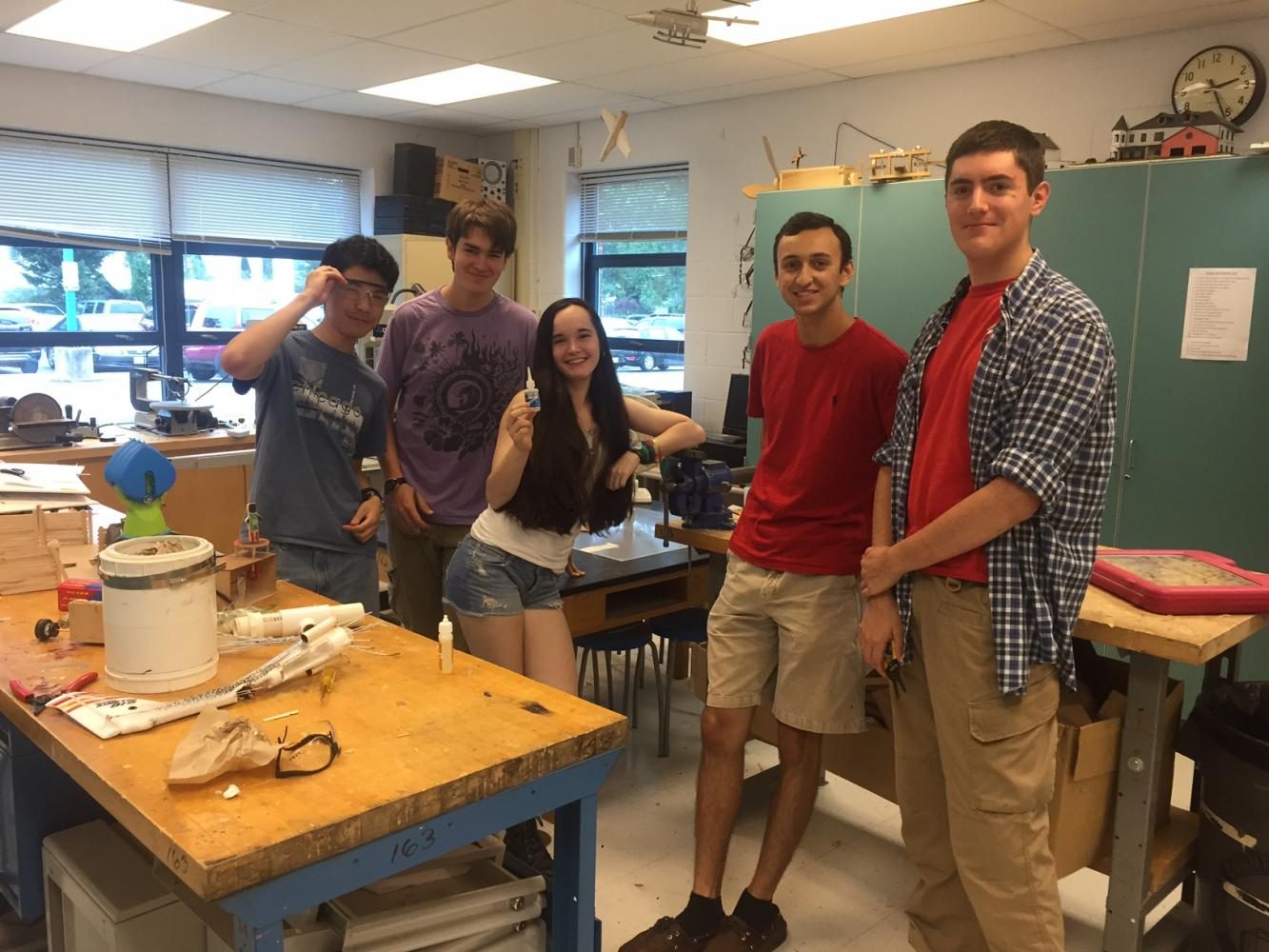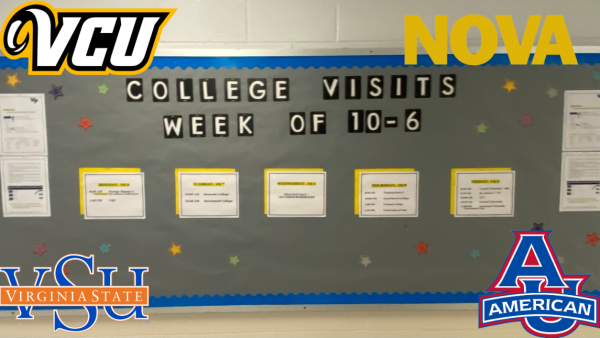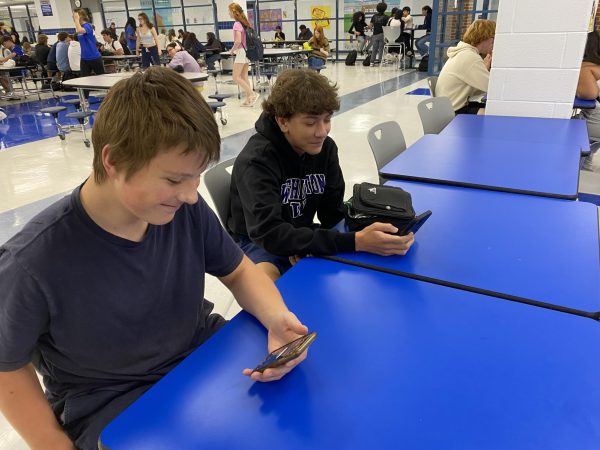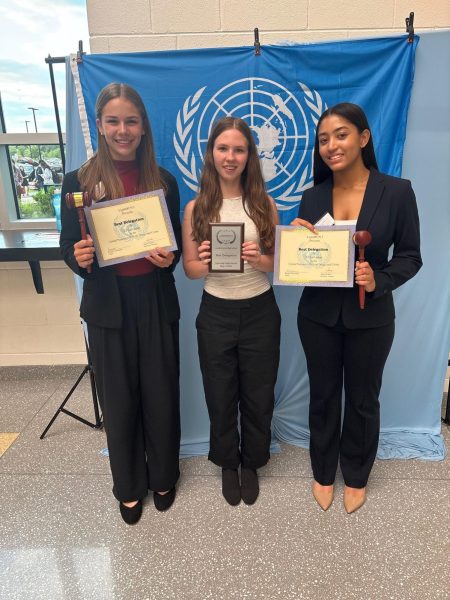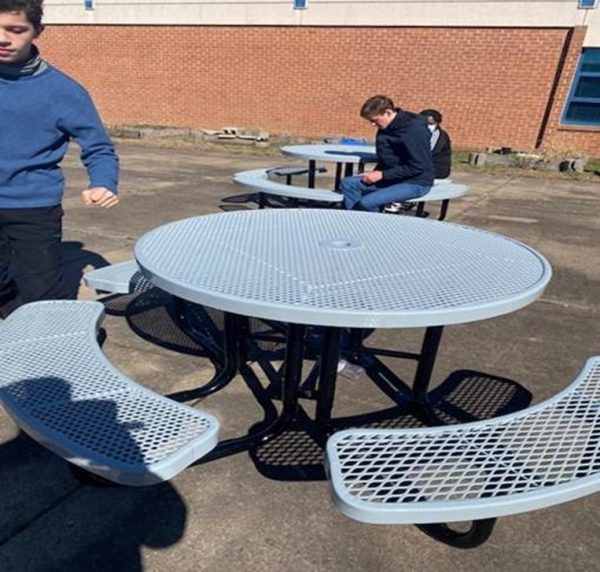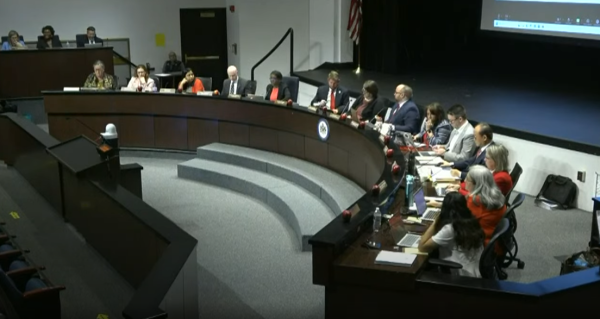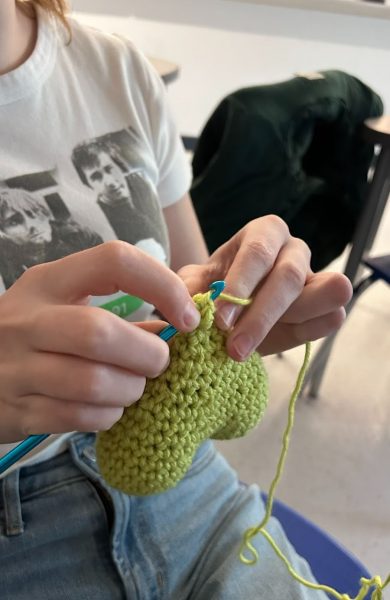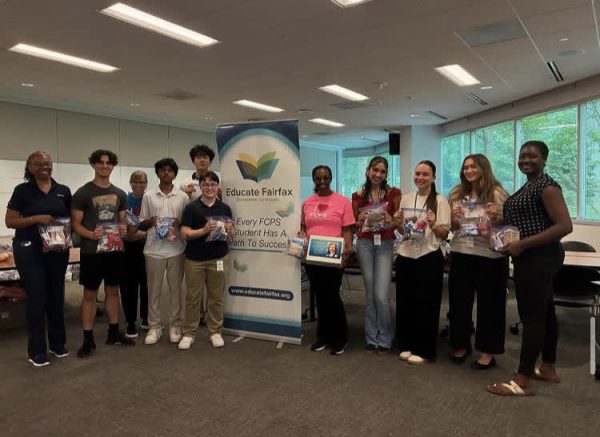Planes, Trains, and Rockets: An Engineering Feature
It’s hard to compare school with a superhero/science-fiction movie, but way back in the West Potomac Academy, the engineering room unites the two. Equipped with physics know-how and endless construction materials, the engineering classes create electrical circuits, make Spiderman-like wall-climbers, and experiment with 3D printers. This quarter, they are tackling the task of building a rocket.
“The main objective is to design a rocket that could carry a device–we’re using a hexbug,” Jake Raman, a senior in his first engineering course, explained. “You have to launch the rocket so it will deploy the hexbug to a certain area which is 600 feet away. The rocket has to be recoverable, so it can’t just blow up and have the hexbug descend–it has to be able to be reassembled so that you can launch it multiple times.”
Raman and his partner, senior and second-year engineer Robert Fast, are having a tough time with the project for multiple reasons.
“Because of SHOUT, we have a compressed timeline for our project,” Raman said. “This quarter has been really heavy on other types of homework. We’ve had a lot of projects over the course of the year, but this quarter we have three other mini-projects as well as the large one.”
Fast attributes his struggles to his lack of mathematical skills.
“[I’m enjoying this project] but it’s difficult because I haven’t had calculus yet because I was a scrub in eighth grade and didn’t take Algebra like I should have,” Fast said.
However, some issues with the project are completely out of their control.
“We have constraints based on actual Virginia law,” Raman said. “There’s a law that says you cannot shoot a model rocket or any other kind of aircraft or device over 400 feet in the air.”
So they just shoot the rocket lower, right? Wrong.
“We can’t shoot it lower than 30 degrees because it’s considered a missile at that point,” Fast said.
Despite these problems, the pair has a plan to make their project work.
“We have RockSim, which is a simulator on the computer that we have a rocket loaded onto, and we’re just seeing what it gives us and then we have our various equations that they hand us like maximum velocity and Impulse (the engine gives off a certain impulse, or change in momentum),” Fast said. “Then, you multiply that by the gravity, divide it by weight after launch, and it basically gives you the maximum velocity. You can take that, put it into another equation, and get maximum height, and go from there.”
A common student argument is that their schoolwork has nothing to do with real life, but that’s a hard case to make in this course.
It would kind of be like sending a rover off to Mars, in a way,” Fast said. “This method probably wouldn’t work the best; we used a skycrane last time. That’s what NASA did. But yeah, it would be generally like landing a rover on some other planet or getting something into orbit.”
The stakes are high in the engineering classes, since teacher Mr. Franco has high expectations.
“This is like a competition, because there’s only one A in the class,” Fast said.
Students who are set on getting the A have to go the extra mile, fulfilling all of the requirements of the rubric.
“There’s an added bonus if you actually complete to the project to the full 100% of the parameters,” Raman said. “In the past we’ve had things like your bridge can hold a certain weight, for our first quarter project, and now if you deploy your hexbug and your rocket is recoverable and you’re able to do it three times using the same process over and over again, then you don’t have to write a report, so it’s like an added, coveted bonus.”
That’s right: STEM Honors students have a project of this caliber every quarter, depending on the topic of engineering they’re learning about.
In STEM, we do structural engineering the first quarter, second was mechanical, third was electrical, and now we’re doing aerospace,” Fast said. “It’s like a sampler of all the engineering programs.”
There are ten engineering courses offered at West Potomac, including specialized classes in aerospace engineering or design. STEM Honors combines a lot of engineering aspects.
“That’s what’s good about this course: it gives you a little taste of everything,” said junior third-year Paolo Fermin.
Franco lectures all class for the first week of the quarter, teaching his students about the topic, and then lets them free to work on the project.
“Mr Franco tells us the parameters, and then it’s up to us,” Raman said.
This project-based system is unique among high school courses.
“He’ll give us advice, but he requires that you already have some work to show him,” Fast said.
“There’s definitely a learning curve.”
These projects, though overwhelming to some of the students at times, have their merits.
“It really depends on how much you’re doing,” McKenna Wirth, first-year junior, said. “The nice thing is, it’s so project-driven, that if there’s a day where you literally just can’t do anything, and just need to take a nap, you can.”
Another unique aspect of the engineering classes is the sense of teamwork in the room.
“It’s definitely a competition, but it’s friendly,” Fast said. “I don’t think there’ve been any fights.”
Despite the common knowledge that only one pair will receive an A on the rocket project, they still help each other.
“It’s such a hard project, and we’re all really good friends, so we’re not worried about stealing each other’s ideas,” Junior Warren Herrington said. “We just collaborate and we want to accomplish the goal.”
This collaboration extends outside of the classroom.
“We have a STEM group-chat here,” Fast said.
“We study for all the tests together,” Wirth said. “We just realized that it’s easier if we all help each other out, and it’s still going to be competitive.”
On top of the academic collaboration, the STEM kids share inside jokes and jokey banter, a result of spending excessive amounts of time together.
“Fun fact about the only girl in our stem class: she has the worst attendance,” Herrington said.
“I’m always here, they just say I’m absent,” Wirth exclaimed. “It was a running joke the first three quarters; they just said I was absent all the time.”
“Has anyone seen McKenna?” Fermin added.
Each of the students were pondering or sure of a future in engineering: Raman is studying mechanical engineering at the University of Michigan next year, Fast is mainly interested in aerospace, Fermin is torn between multiple types of engineering, and Wirth is pondering psychology or theatre as well as engineering. One thing they all love, however, is the problem-solving nature of engineering in general.
“The thing I liked best was the problem-solving: you’re just given a problem, you come up with a solution,” Wirth said.
“It’s really satisfying when you actually solve a problem,” Raman said.
At this point, prompted by Franco, the students had to decide if I was “worthy” to see the back room (I was).
“This is where everything kind of, sort of happens,” Fast introduced.
The back room was huge, filled with unfinished projects, model airplanes and boats, 3D printers, wall-climbers, wind tunnels, scraps of constructions materials, and more.
“This is our workshop, so we’ve got all these carpenter’s tools over here, there’s a laser cutter right there,” Fermin pointed out.
These engineers follow popular trends and use their expertise to their advantage.
“We’ve been selling fidget spinners that we’ve been 3D printing,” Fermin said.
These engineers are tucked away in the Academy, so it’s easy to forget the advanced program that’s right here.
“We get no attention,” Fast said. “Thank you for coming here.”
I joined journalism my junior year because I loved writing and wanted to learn its other forms. This year, I'm the co-Editor-in-Chief, and I'm excited...



